Flexible itinerary
“AI deployment in education cannot be carried out simultaneously but requires a suitable roadmap for each level of education, locality and target group, based on the 2018 General Education Program and reality”. Explaining this, Dr. Pham Van Gieng - Vice Principal of the Pedagogical Secondary and High School (Hanoi Pedagogical University 2) said that the requirements to be achieved at each level of education are different.
Primary school focuses on forming qualities, learning habits and basic abilities. Secondary school focuses on developing analytical thinking and problem solving. High school enhances autonomy and career orientation. If the same AI model is applied to all three levels, it will easily lead to a deviation from the target, with young students being overloaded while older students are not able to exploit their full potential.
In addition, the application of information technology in schools has been built at specific levels, linked to age requirements. Therefore, AI applications need to be integrated in a corresponding process. If applied simultaneously, teachers will not be fully prepared, infrastructure and content will not be synchronized, leading to formality or waste of resources.
Furthermore, cognitive abilities and levels of autonomy in using learning tools vary greatly among age groups. Primary school students have not yet fully developed the skills to distinguish right from wrong and control their behavior, so they are easily dependent on or receive misleading information; but higher level students can develop AI as a creative tool. Therefore, it is necessary to differentiate implementation instead of “one size fits all”.
In addition, the differences in socio -economic development conditions and information technology infrastructure between regions also require a flexible roadmap. Because applying uniformly will create a digital gap. Qualified places will benefit, while unprepared places will be left behind.
“Therefore, the roadmap for applying AI in education must be linked to the goals of each level of education in the 2018 General Education Program, suitable to regional conditions and student characteristics, so that technology becomes a practical, effective and fair support tool,” Dr. Pham Van Gieng stated his opinion.
Similarly, Dr. Ton Quang Cuong - Head of the Faculty of Educational Technology, University of Education (Vietnam National University, Hanoi ) also emphasized the need to build a national strategy on AI in education with a truly systematic roadmap. In which, the number 1 priority is to build digital infrastructure and standardize data.
Priority number 2 is to retrain teachers and managers in a systematic and updated manner, based on a comprehensive and extensive assessment of the current situation.
Priority number 3 is to build a legal framework on AI ethics and security.
Implementation should only start with small-scale pilot projects, closely monitored in places with adequate conditions; conduct a final evaluation to draw lessons for further expansion.
Mr. Vu Ngoc Hoa - teacher at Bien Hoa High School (Dong Nai) said that high school level AI application should focus on supporting individual learning, self-study and developing digital skills, critical thinking, and supporting assessment and testing.
Specifically, AI can help analyze students' learning data, thereby providing a learning path suitable to each student's abilities and interests. This is especially useful in developing specialized skills and career orientation. Virtual assistants are capable of answering questions, providing reference materials, guiding students to solve exercises, helping students learn effectively on their own. Interactive classroom models and self-study with virtual assistants should be researched and applied.
In addition to teaching how to use AI tools, it is necessary to equip students with critical thinking, the ability to ask questions and verify data. This helps them become masters, not just employees of technology. Finally, AI can be used for regular and periodic assessments through online forms, helping teachers track student progress objectively and effectively.
“The deployment of AI applications needs to be accompanied by training in digital and AI capacity for teachers and education managers; at the same time, building shared digital learning materials and ensuring a safe digital education environment in schools,” Mr. Le Van Hoa added.
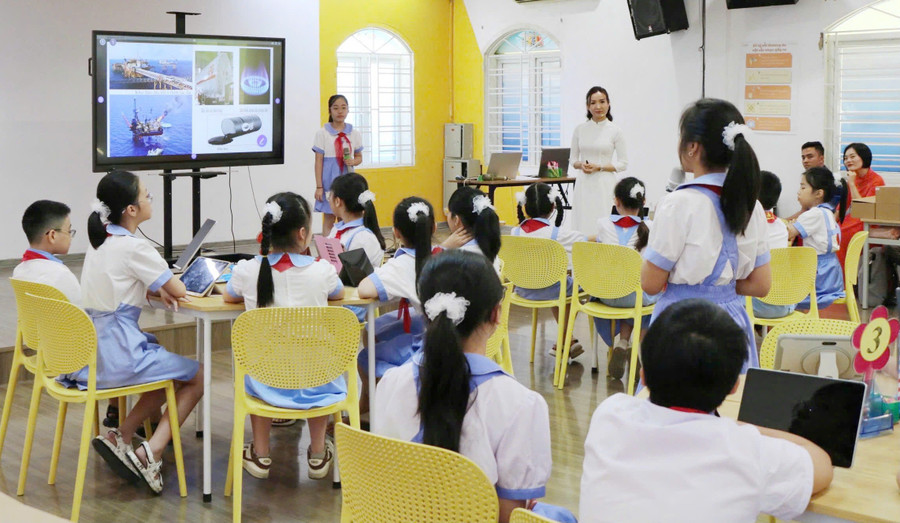
Solutions to ensure fairness and efficiency
Given the disparities in socio-economic conditions and digital infrastructure between localities, Dr. Ton Quang Cuong said that there needs to be solutions to ensure fairness and effectiveness when bringing AI into schools.
In theory, it is possible to build an analytical model of the “Tower of Needs and Technical Stratification” of AI applications in education in each locality. In which, there are main levels of stratification such as: Offline AI applications that can run on low-configuration devices, unstable Internet connections (such as AI software that supports reading and writing, simple teaching assistants); hybrid AI applications, combining local and cloud processing, suitable for unstable Internet connections; advanced, comprehensive AI solutions for areas with developed digital infrastructure.
In other words, the design and implementation of AI infrastructure (with initial database) needs to satisfy two factors: Ensuring operation in limited Internet connection environment (periodic synchronization mechanism) and optimizing performance for low-configuration devices that consume little data.
According to Dr. Ton Quang Cuong, the above-mentioned stratification according to technical approaches will help to provide a series of directions for developing AI application solutions to meet the conditions of narrowing regional gaps and promoting equity in access; at the same time, it is suggested that, depending on actual conditions, it is possible to develop a community digital center model, a "Mobile AI Lab" for education in disadvantaged and hard-to-reach areas; or develop a dedicated Cloud platform to connect with schools with good conditions, share server resources, and process AI for disadvantaged schools...
In addition, disadvantaged localities can propose creating a mechanism for technology enterprises to receive "sponsorship", provide solutions and training in using AI at minimal cost; telecommunications carriers provide free data for educational AI applications...
The digital divide is an unavoidable reality that directly and firstly impacts the “acceptance” and application of AI in schools. This cannot be overcome overnight, or by administrative orders; and it is even more impossible to apply a common template or model. The capacity of the pioneering team needs to be reviewed and re-evaluated to have a realistic picture of digital capacity, technology usage capacity and “technology-integrated pedagogy”. - Dr. Ton Quang Cuong
Source: https://giaoducthoidai.vn/ung-dung-tri-tue-nhan-tao-vao-truong-hoc-thu-nghiem-thich-nghi-va-cong-bang-post750906.html



![[Infographic] Notable numbers after 3 months of "reorganizing the country"](https://vphoto.vietnam.vn/thumb/1200x675/vietnam/resource/IMAGE/2025/10/4/ce8bb72c722348e09e942d04f0dd9729)

![[Photo] General Secretary To Lam attends the 8th Congress of the Central Public Security Party Committee](https://vphoto.vietnam.vn/thumb/1200x675/vietnam/resource/IMAGE/2025/10/4/79fadf490f674dc483794f2d955f6045)


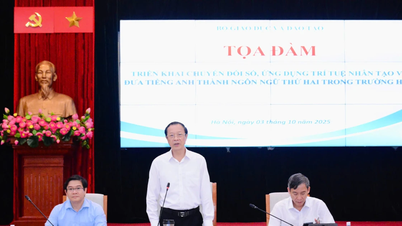
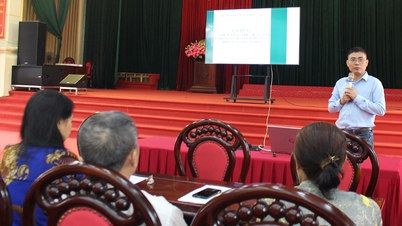

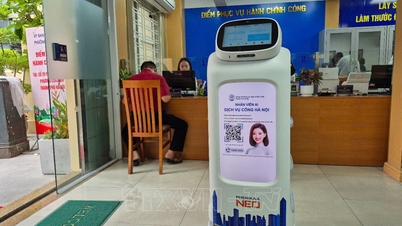

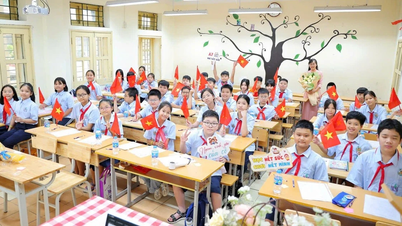
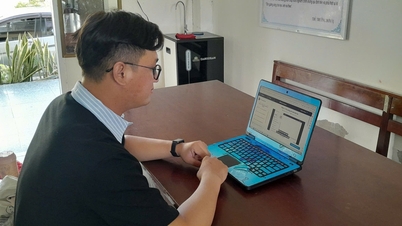







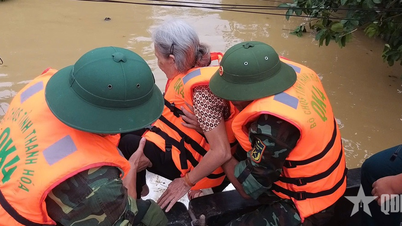



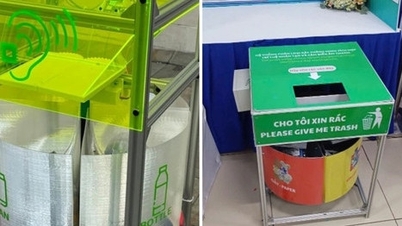





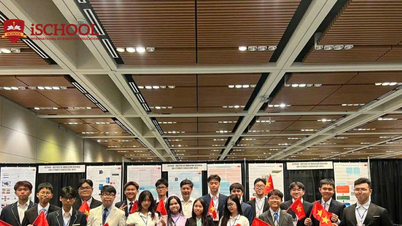
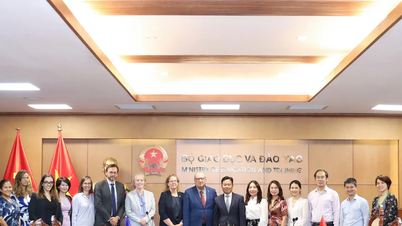
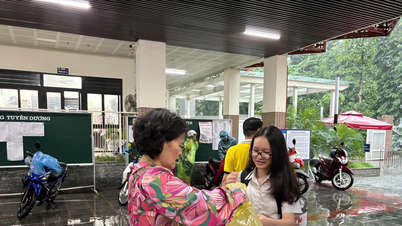
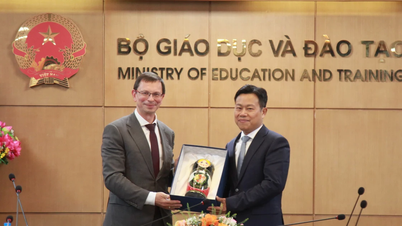


![[Photo] Students of Binh Minh Primary School enjoy the full moon festival, receiving the joys of childhood](https://vphoto.vietnam.vn/thumb/1200x675/vietnam/resource/IMAGE/2025/10/3/8cf8abef22fe4471be400a818912cb85)
![[Photo] Prime Minister Pham Minh Chinh chairs meeting to deploy overcoming consequences of storm No. 10](https://vphoto.vietnam.vn/thumb/1200x675/vietnam/resource/IMAGE/2025/10/3/544f420dcc844463898fcbef46247d16)



































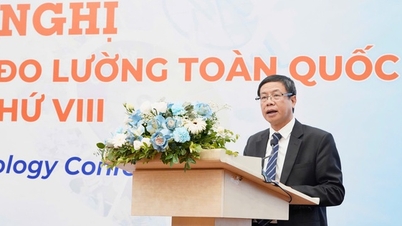




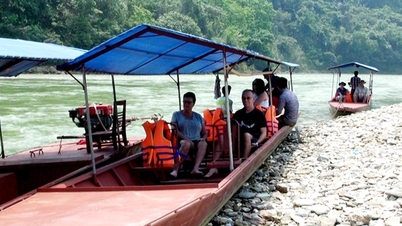


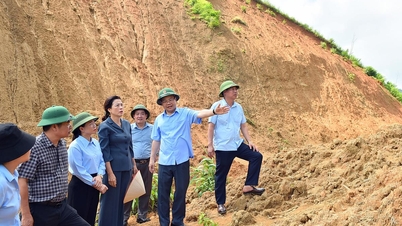



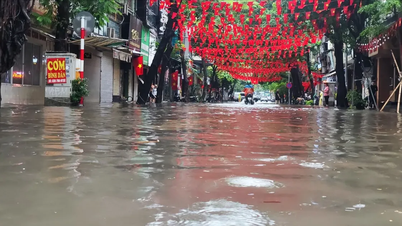

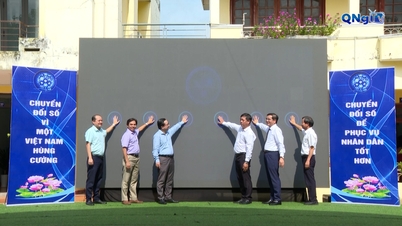


















Comment (0)